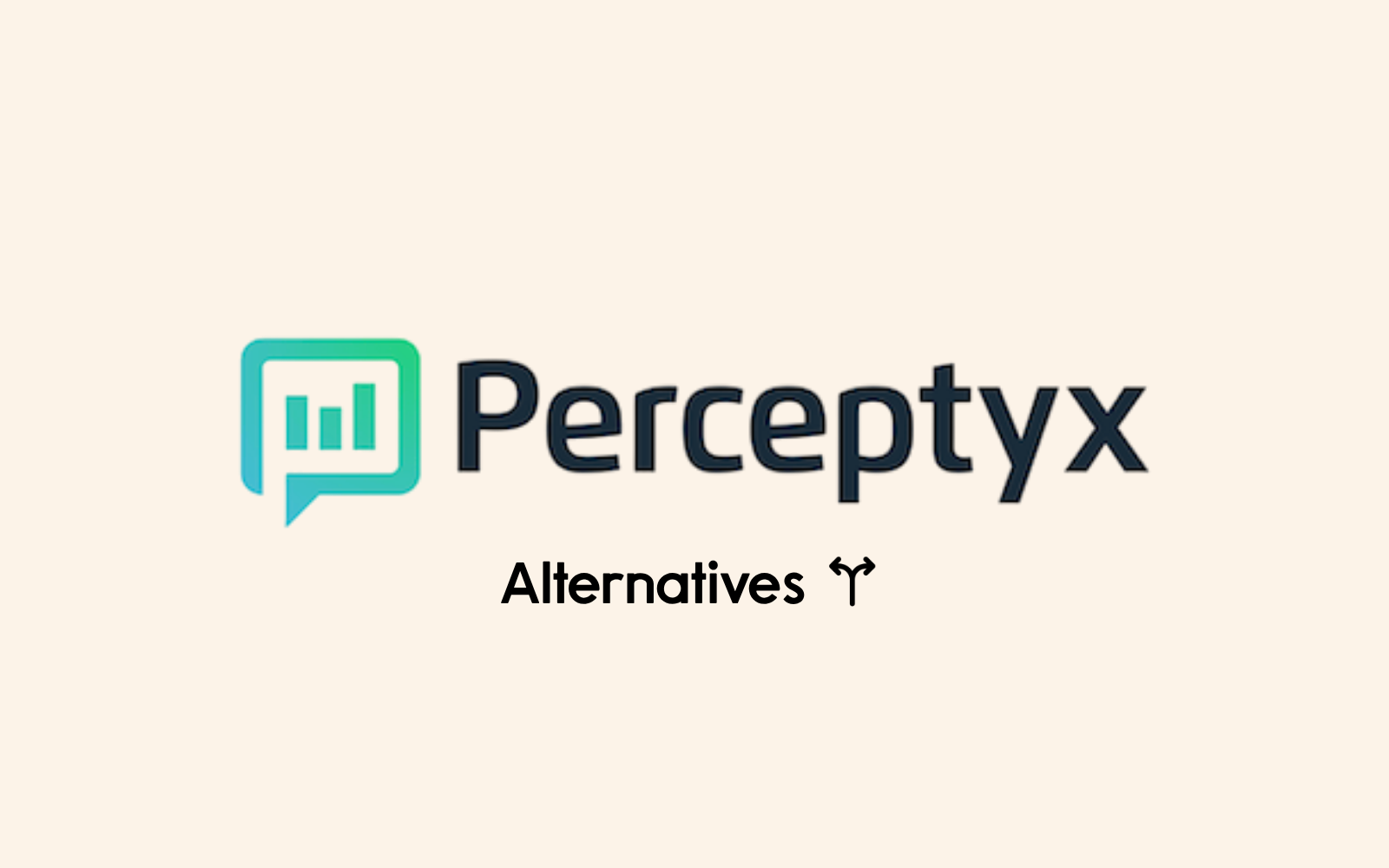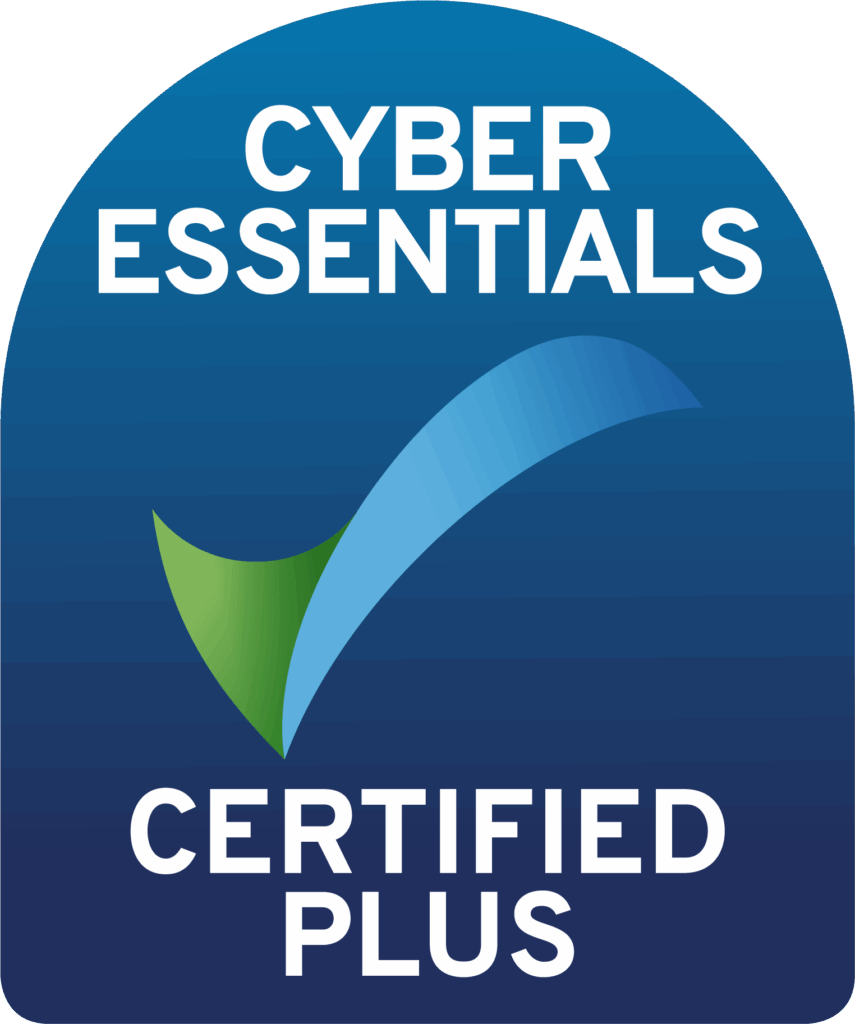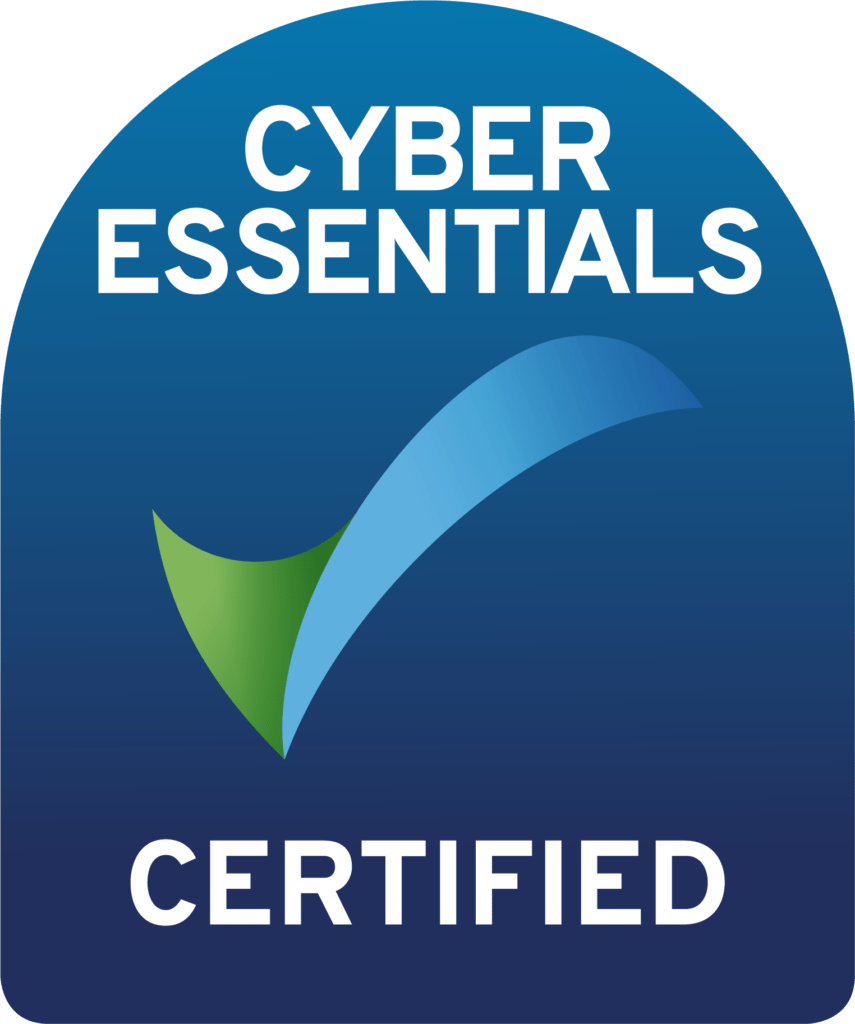The workplace is about to change how sexual harassment is addressed, and employers REALLY need to take note. With the Worker Protection Act coming into force on 26th October 2024, employers will be legally obliged to take ‘reasonable steps’ to prevent sexual harassment.
This may sound obvious, but it is a seismic shift that places a strong emphasis on proactive measures, rather than only addressing issues once they occur. For employers, understanding these changes and preparing accordingly is important for creating safer workplaces for everyone.
What the Worker Protection Act means for you
The changes will mean that it isn’t enough to have policies against harassment anymore, as an employer, you must actively work to create a safe and supportive work environment. This includes providing regular training, encouraging reporting, and taking preventative actions to reduce risks of harassment, including harassment by third parties such as clients or customers.
Failure to do this effectively could mean penalties, including compensation uplifts of up to 25% in sexual harassment cases which is regulated by the Equality and Human Rights Commission (EHRC)
The new legislation is a response to growing awareness that policies alone are not enough to prevent workplace harassment and employers need to take ongoing steps to ensure the safety and well-being of their employees – fostering a culture where harassment is not tolerated and every employee feels empowered to speak up. The law aims to shift the focus from addressing harassment after it happens to preventing it before it occurs.
What you need to do
Employers should take action now to embed practices that continuously monitor and support workplace safety. The first step is educating the workforce and ensuring that everyone—from top leadership to frontline employees—understands what constitutes harassment and how to prevent it. Regular training sessions, clear reporting mechanisms, and leadership that visibly supports a zero-tolerance stance on harassment are all essential components of compliance. For a helpful list check out what our partners, the REC, are saying about the worker protection act changes here.
Training programmes should be implemented promptly, and employers should ensure these programmes are effective, up-to-date, and accessible to all employees. Reporting mechanisms must be clear and actively promoted, so employees feel confident that any issues raised will be taken seriously and addressed promptly.
Employers need to create an environment where prevention is part of the daily fabric of the workplace.
How Wotter can help
Wotter is adding a new, optional monitoring tool to its suite, set to be released on 26th October, to help our clients remain compliant with the upcoming changes.
This tool helps organisations maintain continuous insight into employee experiences. At the core of this system is a simple, regularly asked question: “Have you recently experienced unwanted conduct of a sexual nature at work?”
As is the mantra behind Wotter, your staff need the security of anonymity in order for you to get the confidence of honest feedback. After you’ve switched it on, this ongoing anonymous check-in allows for the early detection of issues. If a problem is detected, the system can deploy a pre-written comprehensive survey that covers all aspects of the upcoming changes, ensuring that risks are assessed and compliance is maintained.
What’s Next
The countdown to 26th October is on. The Worker Protection Act is a significant change that requires employers to reassess how they manage workplace safety and harassment prevention. It’s not just about compliance, it’s about fostering a genuinely supportive environment where employees can thrive. That’s why we wrote this blog.
If you agree, maybe we should talk. If you don’t, maybe we should talk for longer…
Book a call here to find out how we can help.









